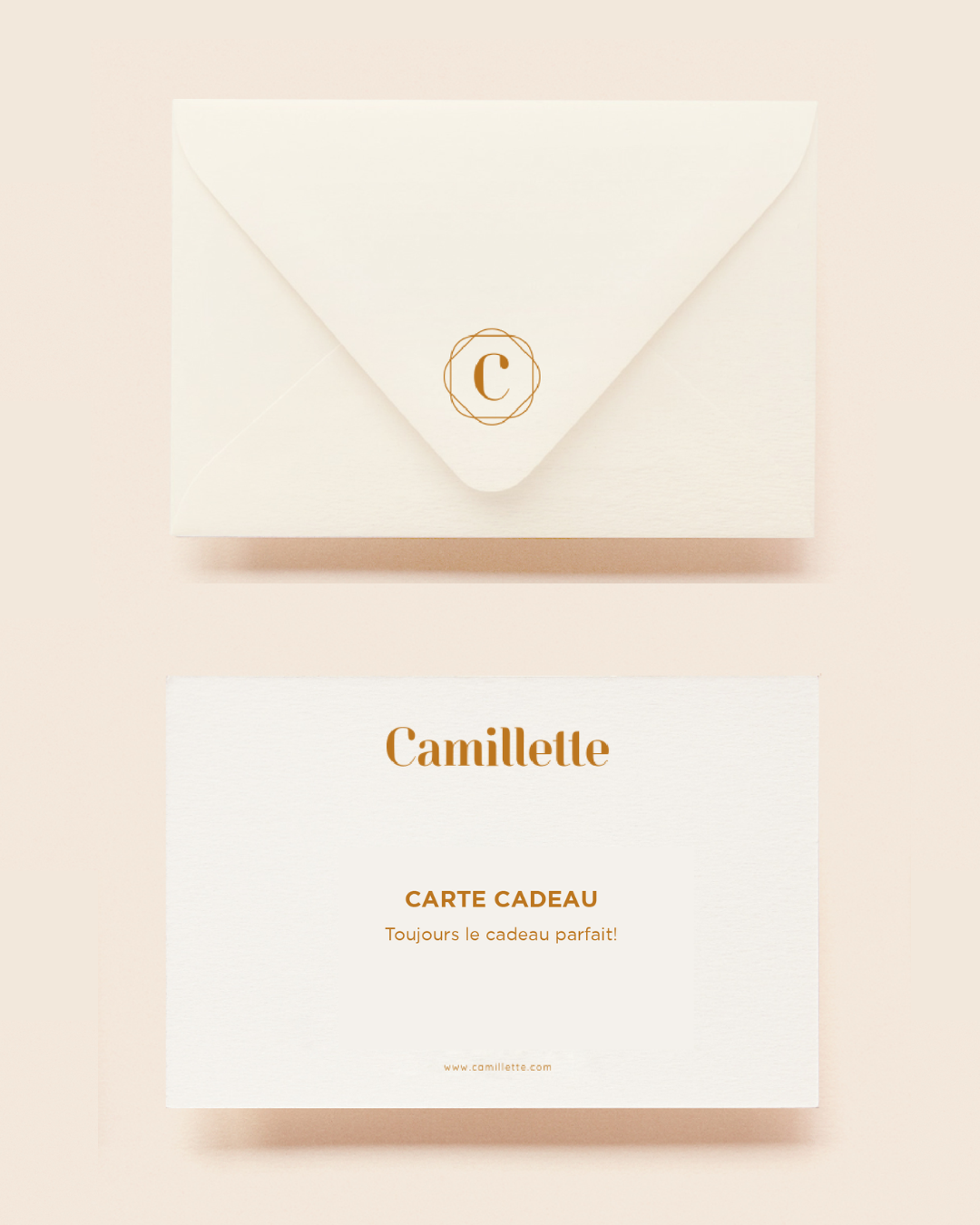Article: The different types of gold and their classification

The different types of gold and their classification
Gold is generally known as a yellow precious metal. In its pure state, it is soft and malleable. In jewelry, gold is used in the form of an alloy to make it more solid and facilitate its transformation.
Why is gold so expensive?
Gold is a noble and precious material because it does not oxidize (does not tarnish or change colour) or corrode. This means that it is very durable and resists the elements; air, water, salt and most acids. Its rarity makes it a sought-after material. Since the end of prehistory, it has been found in the form of ornaments. Available in small quantities, gold quickly became a coveted material and used as currency in Egypt and the Middle East. Its scarcity and unique properties are what makes gold expensive.
What is it made of?
The different colours of gold; yellow, pink and white, are obtained by mixing gold with other metals to create alloys.
Yellow gold is mainly composed of gold mixed with silver, copper and zinc.
Pink gold, with a pinkish colour close to copper, is composed mainly of yellow gold mixed with copper and silver.
White gold is composed mainly of yellow gold mixed with zinc, copper and nickel. Without plating, it has a shade that resembles silver, but is more greyish and dull. To make it brighter, it is usually plated with rhodium.
Discover our Yellow Gold Jewelry
 Discover our Rose Gold Jewelry
Discover our Rose Gold Jewelry

Discover our White Gold Jewelry

Purity and carats
Metal combinations and percentages vary according to colour, physical characteristics (malleability, hardness, etc.) and the desired number of carats.
The purity of gold is classified by carat: 10k, 14k, 18k, 22k, 24k. The number of carats tells us how much gold is present in the piece of jewel. The number of carats is the fraction obtained based on the number 24, which is the denominator. Therefore, 24k (24/24) is pure gold. For example, 14k gold consists of 14 parts gold and 10 parts other metals. 10k, 14k and 18k gold are the most popular and used in jewelry. To identify a gold jewel, look for the following acronyms:
- 10k or 417
- 14k or 585
- 18k or 750
- 22k or 916 or 917
Sources:
Ganoskin - jewelry learning center
Alloyco - moulage et coulage
World Gold Council
Wikipedia














